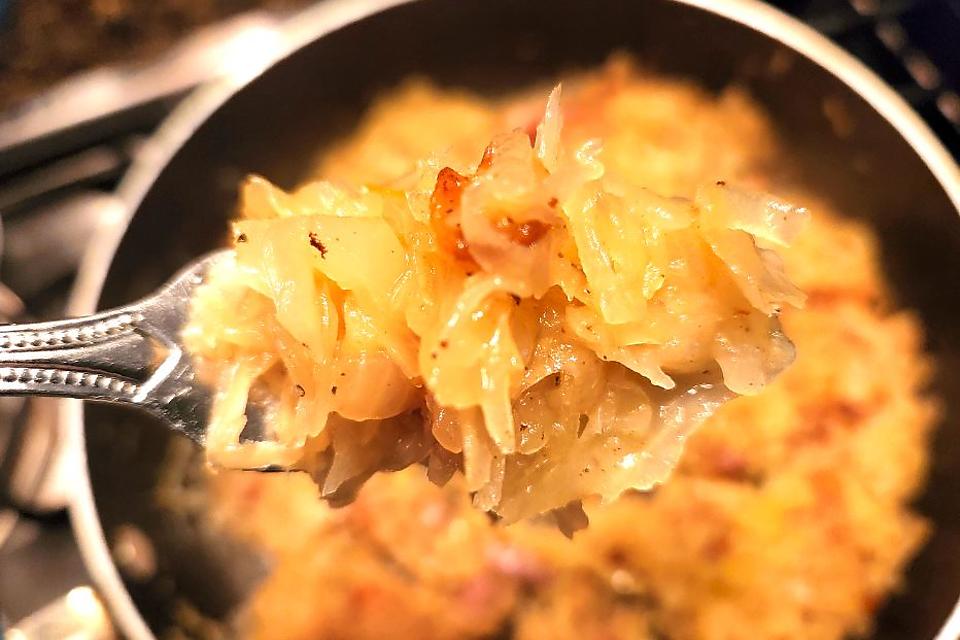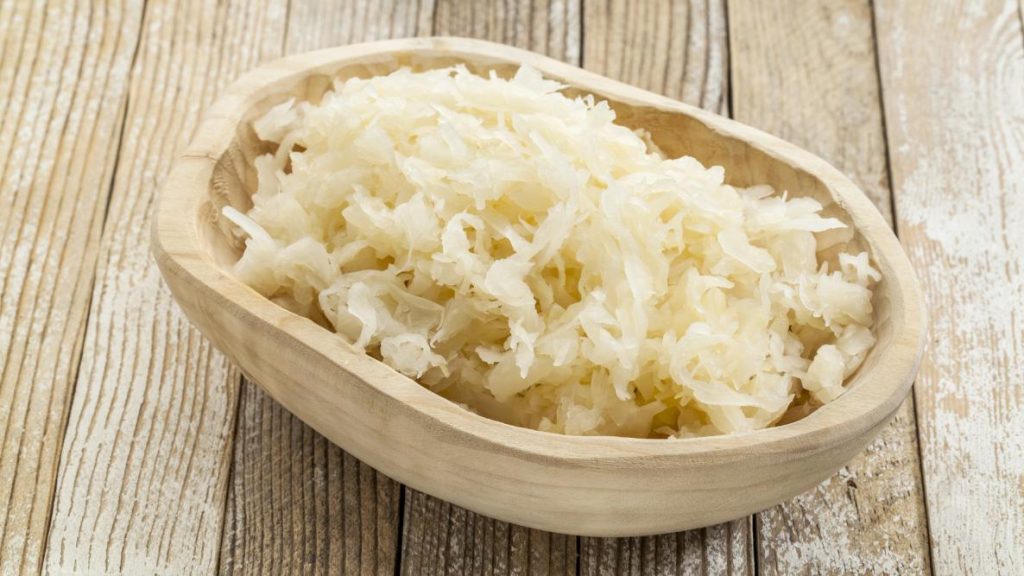Hey, cooking enthusiasts! Today, let’s delve into the world of sauerkraut and discover the simple yet delightful art of cooking this tangy, fermented cabbage. Get ready to elevate your dishes with the zesty goodness of homemade sauerkraut!

Embracing the Tangy Elegance of Sauerkraut
Introduction to Sauerkraut
Sauerkraut, a staple in many cuisines, is fermented cabbage known for its tangy flavor and numerous health benefits. Its vibrant taste adds a zing to dishes, making it a versatile ingredient worth exploring.
The Magic of Fermentation
The fermentation process is what gives sauerkraut its unique flavor and nutritional value. It’s a natural preservation method that transforms cabbage into a probiotic-rich delight.
Making Sauerkraut from Scratch
Choosing Fresh Ingredients
Start with fresh cabbage, preferably green or white cabbage, free from blemishes or bruises. You’ll also need salt, the key ingredient that aids in the fermentation process.
Shredding the Cabbage
Thinly slice or shred the cabbage using a knife or a food processor. A finer shred ensures better fermentation and a more uniform texture.
Salting and Massaging
In a large bowl, mix the shredded cabbage with salt, allowing it to draw out moisture. Massage the cabbage to help it release its natural juices, essential for the fermentation process.
Packing and Fermenting
Pack the salted cabbage tightly into a clean jar or fermentation crock, ensuring there’s enough liquid to cover the cabbage. Use a weight to keep the cabbage submerged and let it ferment for 1-4 weeks, depending on your desired tanginess.

Cooking Methods Using Sauerkraut
Simple Stovetop Heating
Sauerkraut can be enjoyed raw, but heating it on the stovetop adds depth to its flavor. Simply sauté it with onions, garlic, and your choice of seasoning for a quick and flavorful dish.
Incorporating into Recipes
From hearty stews to savory sandwiches, sauerkraut’s versatility shines in various recipes. Add it to hot dogs, Reuben sandwiches, or even stir it into soups for a tangy twist.
Storing and Preserving Sauerkraut
Proper Storage Techniques
Keep homemade sauerkraut in airtight containers in the refrigerator to maintain its freshness and flavor. Properly stored, it can last for several months.
Freezing for Longevity
If you’ve made a large batch, freezing sauerkraut is an excellent way to extend its shelf life. Use freezer-safe containers and label them for easy identification.
Conclusion: Embrace the Tangy Wonder of Sauerkraut
In conclusion, cooking sauerkraut is a simple yet rewarding process that adds a burst of flavor to various dishes. Experiment with it in your recipes and enjoy the tangy goodness it brings to the table.
FAQs About Cooking Sauerkraut
1. Can I make sauerkraut without using salt?
Salt is crucial for the fermentation process as it prevents harmful bacteria growth and aids in creating the ideal environment for good bacteria to thrive.
2. How can I tell if my homemade sauerkraut has gone bad?
If it develops an off smell, slimy texture, or mold on the surface, it’s best to discard it. Properly fermented sauerkraut has a tangy smell and a pleasant crunch.
3. What’s the ideal fermentation time for sauerkraut?
Fermentation time varies based on personal preference. Taste it periodically; once it reaches your desired tanginess, it’s ready to enjoy.
4. Can I use purple cabbage to make sauerkraut?
Absolutely! Purple cabbage creates vibrant, colorful sauerkraut with a slightly different flavor profile compared to green or white cabbage.
5. Is sauerkraut gluten-free?
Yes, sauerkraut made from cabbage and salt is naturally gluten-free. However, some store-bought varieties might include additional ingredients, so always check the label if you have gluten sensitivities.

Hello there! My name is Tristram Ortega and I am a professional chef with a passion for cooking. I work at a top-rated restaurant where I create delicious dishes every day, and I’m excited to share my tips and techniques with you. Through this blog, I share my favorite recipes, cooking hacks, and insights into the world of professional cooking. So let’s get cooking together!